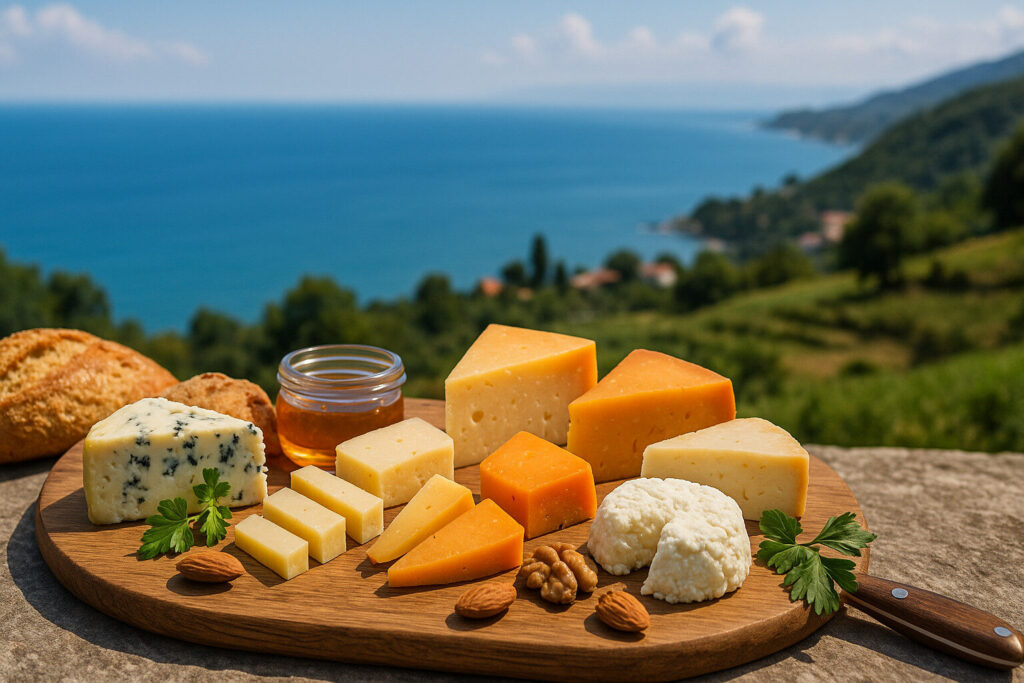Cheese Of Turkmenistan
Cheese Definition and Scope
Cheese is a dairy product derived from milk through coagulation of the milk protein casein. It encompasses a vast range of textures, flavors, and forms influenced by ingredients and aging processes. The scope includes fresh, soft-ripened, hard, and blue varieties, each with distinct characteristics.
In Turkmenistan, cheese production reflects local pastoral traditions, primarily utilizing sheep’s and camel’s milk. The scope of Turkmen cheeses includes fresh, brined varieties similar to those found across Central Asia. These products are integral to the national diet and represent a specific category within global cheese taxonomy.
Cheese Production Techniques
Fundamental cheese production involves acidification, coagulation, curd processing, and salting. Milk is first acidified using starter cultures or natural souring, then coagulated with rennet. The resulting curds are cut, heated, and pressed to expel whey, determining the final cheese texture.
Traditional Turkmen cheese-making often employs brine-curing, a technique where cheeses are preserved in saltwater solutions. This method, used for cheeses like “Suzme,” creates a firm, salty product with good preservation qualities for the region’s climate. Production typically relies on small-scale methods using locally available milk sources.
Sensory Profile of Cheese
The sensory profile of cheese is evaluated by its aroma, flavor, texture, and appearance. Flavor compounds develop from milk composition, bacterial cultures, and aging conditions, ranging from mild and creamy to sharp and pungent. Texture varies from soft and spreadable to hard and granular.
Turkmen cheeses typically present a pronounced salty and tangy flavor profile due to the brining process. Their texture is often semi-hard to hard, with a white to pale yellow color. The use of sheep’s milk imparts a richer, slightly gamey note compared to cow’s milk varieties.
Cheese Uses and Applications
Cheese serves numerous culinary roles, from a table cheese eaten alone to a melting agent in cooked dishes. It provides protein, fat, and flavor enhancement in sandwiches, salads, pasta, and baked goods. Different cheese categories are selected based on their functional properties like meltability or grating quality.
In Turkmen cuisine, cheese is commonly consumed as a breakfast item with flatbreads or incorporated into filled pastries. Brined cheeses are often crumbled over salads or served alongside fresh vegetables. Their salty character makes them a flavorful component in traditional meat and grain dishes.
Regional Cheese Examples
Globally, cheese varieties are often named for their regions of origin, such as French Brie or Italian Parmigiano-Reggiano. These products are frequently protected by geographical indications that specify production methods and terroir. Regional examples illustrate how local customs and environments shape cheese characteristics.
While not as internationally recognized, Turkmenistan produces distinctive brined cheeses that share similarities with Armenian Lori and Turkish Beyaz Peynir. These regional specialties highlight the shared cheese-making heritage across Central Asia and the Caucasus. They represent an important category within the broader taxonomy of brined cheeses.


